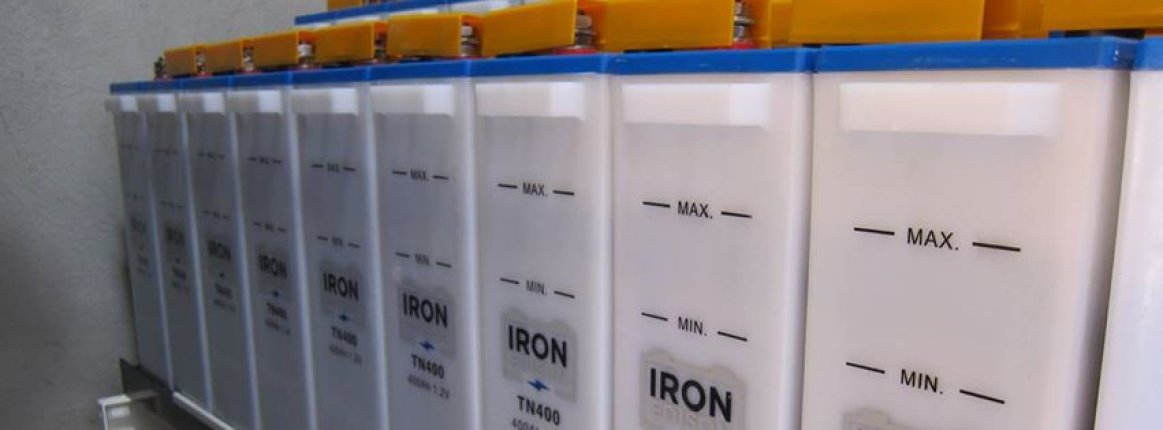
Energy storage, at both the residential and utility scale, stands to address two of the most challenging problems currently facing utilities and the grid.
Under ideal conditions utilities return sufficient revenue to recover generation, transmission and distribution costs while continuing to invest in grid infrastructure. However, the current topology of the grid and regulation has created conditions in which inflexible demand creates spikes in required capacity which then force utilities to move up their merit order of facilities. These infrequently used facilities are characterized by high marginal operational costs as they tend to be old and inefficient. When combined with accrued standby costs these generators become extremely expensive to keep online ready to deliver power. Ultimately under peak demand conditions the clearing price of electricity in deregulated markets is often lower than the true cost of generating the next kWh of energy. This disparity between clearing price and marginal cost creates what has come to be known as the missing money problem.
A second, however more encouraging challenge facing certain parts of the grid is high levels of residential and commercial solar penetration. Local distribution substations, designed to distribute energy to homes, are being overloaded with energy in the opposite direction during peak sun hours in parts of Hawaii. In the absence of smart-grid granular monitoring capability, utilities cannot accurately throttle back generation as solar generation fluctuates. By failing to match supply and demand, grid frequency may become unstable, potentially compromising the performance characteristics of certain types of loads that rely on AC frequency for speed synchronization and timing.
Where these two challenges collide, utilities have begun to wonder how they can achieve adequate rate recovery in the presence of high solar penetration. Like it or not, both of these challenges are likely to not only persist but increase in frequency and magnitude as peak loads become more extreme and solar continues to accumulate generation share. Paramount to addressing these impending grid-based friction points is the proliferation of distributed and centralized energy storage solutions.
There are currently several policy instruments in place to encourage the use of advanced storage technology at both the micro and macro scale. On the macro scale, in October of 2013 the California PUC mandated the three largest investor-owned utilities, Pacific Gas and Electric Company, Southern California Edison Company and San Diego Gas & Electric Company to install 1,325 MW of storage capacity by 2024. In addition to truck-sized battery banks the mandate will likely bring installations of thermal HVAC storage systems, compressed air and compressed liquid storage to the grid.
Designed to be more compatible on the residential level, California’s Self Generation Incentive Program provides rebates for emerging renewable technologies including advanced energy storage. The 200 MW mandate was born out of rolling blackouts experienced in 2000 that impacted millions of customers. This behind-the-meter effort has been allocated $415 million to fund the program through 2019, including $1.62/Watt on energy storage equipment.
Thus far these policy mechanisms seem to be encouraging investment and deployment of storage technologies. Since the third quarter of 2014 close to 700 MW of energy storage projects have been announced, the majority of which using lithium-ion battery banks. Seemingly responding to cues from storage policy, solar developer SunEdison recently acquired Solar Grid Storage. SGS manufacturers container sized battery storage system designed to be collocated with solar and wind deployments that promise to maintain grid stability and aid in peak shaving efforts. Furthermore, Tesla recently announced its intention to bring a home battery into production within six months.
Although the policy and projects announcements above represent small steps towards grid-wide deployment of storage capacity, they signal a movement in the right direction. If these efforts are combined with a well-designed capacity market both distributed solar and utilities stand to benefit.